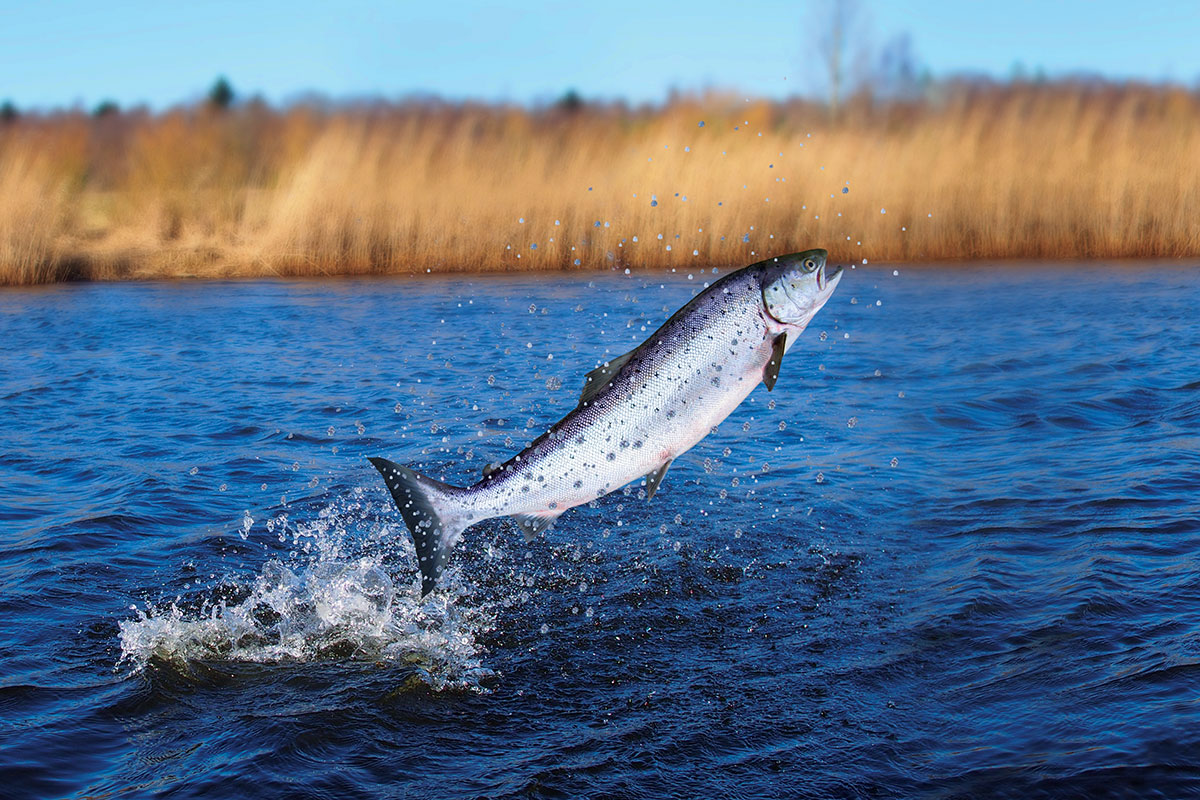Contains affiliate links
As Chinook salmon begin their long journey back to their natal streams this month, anglers may see some different fishing techniques being used. Most sport anglers are used to seeing Nez Perce Tribal members fishing, often with dip nets on smaller rivers, like the Rapid River, and using rod and reel elsewhere with the occasional gill net out in the Clearwater River as well. This year anglers may see additional fishing gear used more frequently.
The Nez Perce Tribe notified Idaho Fish and Game what fishing techniques they will use in order to reach their fish quota in a more efficient way. The Tribes have the right, supported by federal court rulings, to set their own fishing methodology. These techniques will not change the sports fishing harvest at all, but it may change the way some anglers are used to being on the river.
Currently, there are fewer Tribal members to fish and achieve their allotted quota. That means the Tribe is looking for more efficient ways to harvest fish. This year, the Tribe may expand their use of gill nets and will begin a trial of drift netting, to see if their share of the harvest can be reached.
Last year the Tribe harvested 2,486 fish while sport anglers harvested 4,872, with a harvest share total of 5,735 for each group. Compared to sport anglers, the number of Tribal members fishing is much smaller, resulting in lower harvest numbers. If the run is small, however, the Tribe is not planning to use gill nets. They will only use gill nets if the fish numbers are high.
Gill nets, which the Tribe has used before, are a more efficient way for fewer anglers to reach harvest quotas. This year anglers may see more gill nets in the Clearwater River. Gill nets are lethal for any fish caught in them, not just hatchery salmon. Wild salmon caught in gill nets count against the number of wild fish mortality that is allowed. When that number is reached, Tribal officials shut fishing down.
The Tribe will also experiment with using drift nets. Drift nets are long lines with visible floats stretched straight across the water and are typically followed by a boat. The net drifts, moving downstream with the river current. At this time, the sections where the Tribe may be using nets is fluid for both gill and drift nets.
“It’s an experimental approach this season,” said Clearwater Region Fisheries Manager Joe DuPont. “Since the Tribe hasn’t used numerous nets and types of nets before, they’ll need to find the sections that are most useful for fish harvest. If they run into areas with too many snags, too much debris, or a current that is too fast, they’ll move the nets to a different spot and try again.”
That means sport anglers will need to be aware the net locations may vary from day to day and week to week.
Originally, the Nez Perce Tribe requested sections of the Clearwater where they plan to initially use drift or gill nets be closed to sport fishing one or two days a week. IDFG officials speculate, if everyone cooperates and respects the special circumstances the nets present, closure of river sections will not be necessary.
“There are also specific areas the Tribe has not allowed gill and drift nets,” said DuPont. “The Rapid River hatchery run is such an example. This is an area where the Tribe is effective at catching their harvest share, even during large returns, and, as such, gill netting is not necessary.”
DuPont said the nets will have no significant impact on the season, the fishery, hatchery brood-stock numbers, or sports fishing quotas.
It is important to know the IDFG is merely helping to manage the Nez Perce Treaty rights agreed to between the Tribe and the federal government. Nasty emails or irate phone calls to IDFG have no bearing on treaty rights whatsoever.
DuPont said an additional area needing cooperation is at the mouth of the North Fork of the Clearwater River. In the past there have been conflicts between sport anglers and Tribal fishers. That area is open to sport angling from a boat only. Tribal members may fish from the bank.
A problem arises when boats are too close to shore, basically negating the ability for Tribal anglers to fish. IDFG recommends boaters keep at least 30 yards from shore, to avoid any complications.
Harvest numbers for sport anglers and Tribal fishers change yearly, based on early run numbers. The fishing techniques used by both groups do not effect the numbers. But with the potential addition of more nets in the river, IDFG officials hope people will be respectful to one another.
The Nez Perce Tribe has a vested interest in healthy salmon harvests as do so many of the small towns that depend on sport fishing for economic health. The Tribe has for years built and managed state-of-the-art hatcheries that contribute to the whole run, just as state hatcheries have as well.
Both Tribal fishers and sport anglers know how precious these returning fish are to those of us who call the Clearwater River our home waters. Nobody wants to squander or imperil that bounty. Try to remember that when you are out fishing this season. ISI










